I love experimenting and finding an easy science experiment that I can try with my kids at home and my students at school. Any experiment that causes an ‘explosion’ or fizzing tends to be a favorite with kids. This experiment is a great way to get kids excited about science.
When I teach, I always try to do a lot of hands-on science experiments. Our kindergarten program is inquiry based and the kids have shown a lot of interest in science, so I have been striving to do more and more experiments.
This balloon experiment is an easy science experiment that always gets a lot of reactions and creates a lot of discussion. The other great thing is that it uses simple materials!
When doing any science experiment, adult supervision is always needed. A discussion about not mixing different materials and ingredients that children find at home, or at school is also important. Safety first!
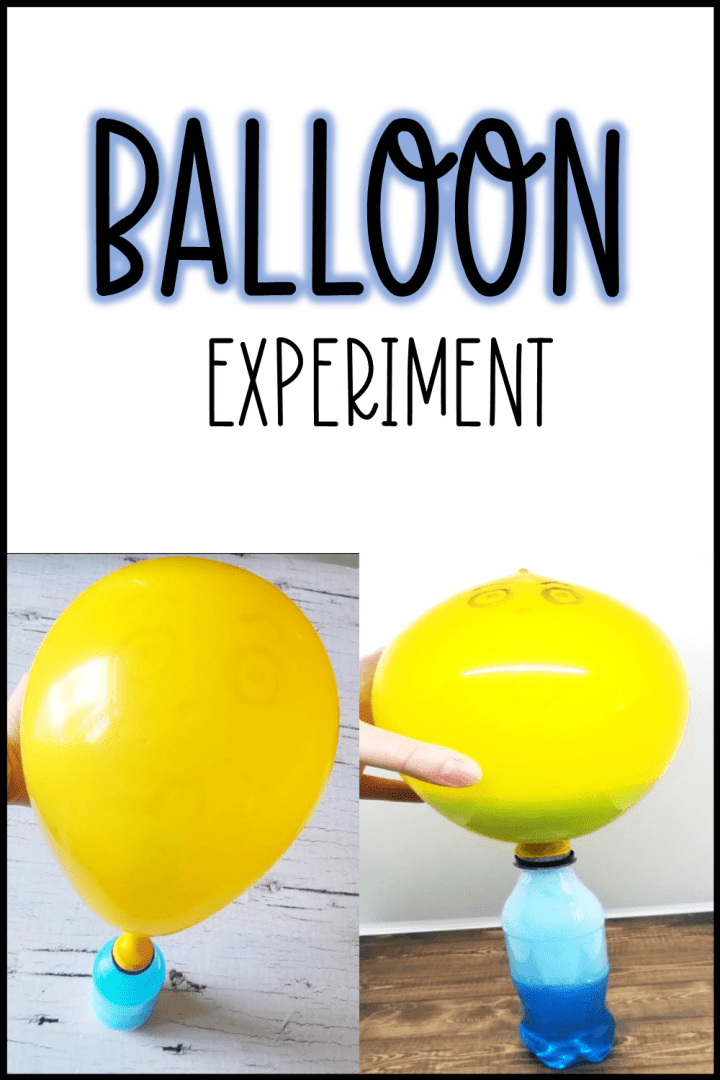
Materials
The vinegar shown in the picture is regular white vinegar, however, I added some blue food coloring because it makes it easier to see the chemical reaction. You don’t need to add food coloring to make the experiment work, but it is fun to add.
For this experiment, you will need:
- Baking Soda
- Vinegar
- Balloon
- Plastic Pop or Water Bottle (Empty)
To prepare for the experiment, fill your plastic bottle with vinegar. Next, add baking soda to the balloon. I used a funnel to help get the baking soda into the balloon.
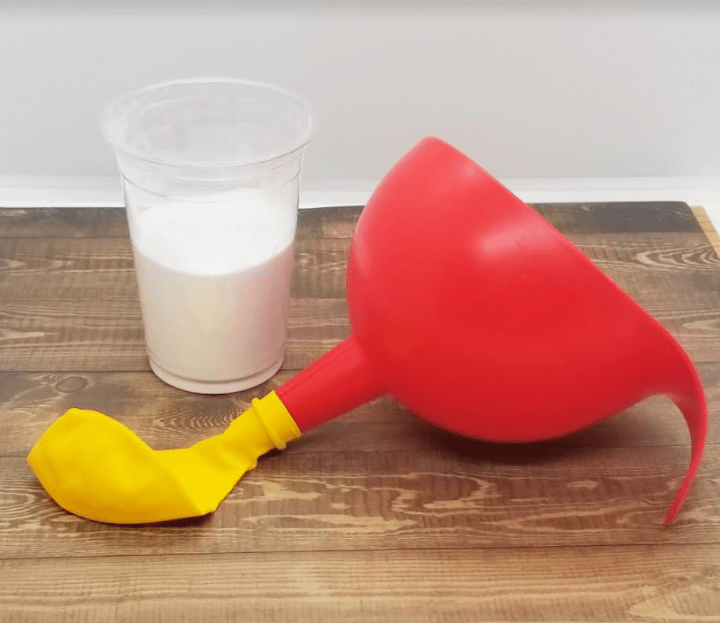
I drew a picture of a smiley face on the balloon, just for fun.
You will need roughly 1/4 ration for the baking soda and vinegar.
To continue your learning, check out another science experiment that Explores the Scientific Method with Children.
Easy Science Experiment Steps
I always like to introduce this experiment by telling children that I am going to blow up the balloon without the balloon ever touching my lips. Children then guess how I am going to do it. There are always some great predictions!
Attach the balloon to the top of the plastic bottle. Make sure that the balloon is secure all the way around the top. Otherwise, when the reaction occurs, the gasses will not fill the balloon.
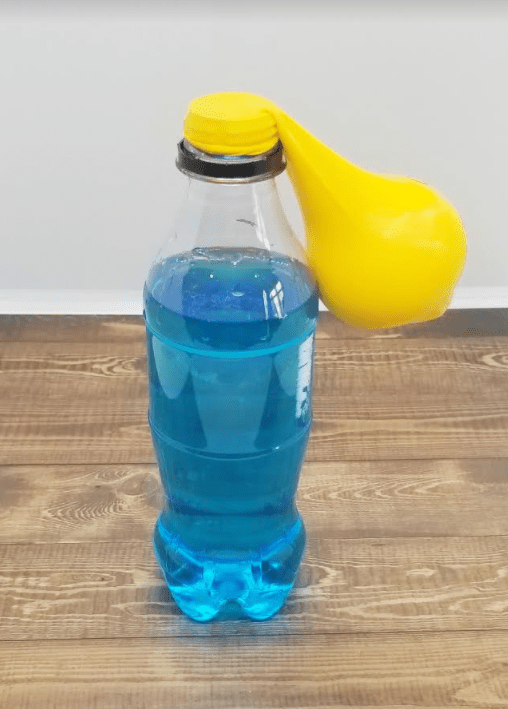
Before I tipped the baking soda into the bottle, I asked children what they think is going to happen when the baking soda and vinegar mix.
The reaction happens immediately, so don’t look away!
Lift and pour the contents of the balloon into the plastic bottle and vinegar. You will want to hold the balloon and the bottle as the reaction occurs.
If you listen closely, you will hear a fizzing noise. It is a great chance to encourage children to use their sense of hearing because they will need to quietly listen in order to hear it.
During this chemical reaction, which you can see because of the fizzing, the reaction is also creating carbon dioxide gas. This gas is what fills the balloon.
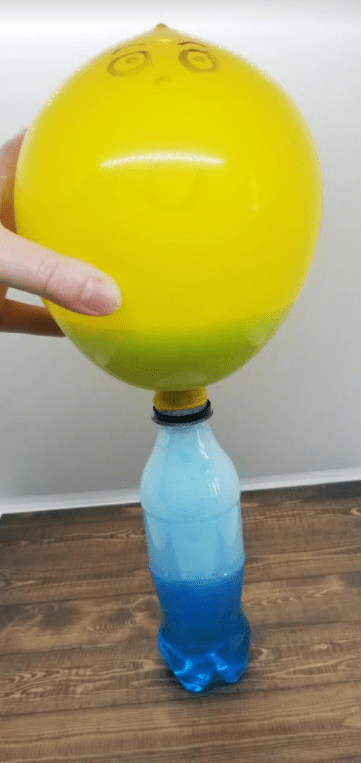
Slowly, the balloon will start to inflate and get bigger and bigger. It can take several minutes before the full reaction is done.
You can squeeze the balloon a few times to make sure that all of the baking soda has come out of the balloon and reacted with the vinegar.
Children always love watching the balloon blow up right before their eyes! You can see the level of vinegar changing in the bottle as it bubbles up.
We then discussed what happened and why it happened.
As soon as the baking soda mixes with the vinegar, there is an immediate chemical reaction! Children can hear this reaction and see the fizzing. They can also see that the reaction creates a gas because of the balloon filling up.
I also try to let children have a chance to feel the bottle because the vinegar now feels cold. I briefly explain that for the reaction to happen, it draws heat from around it, which then makes the bottle with the mixture feel cold.
Isn’t science exciting!?
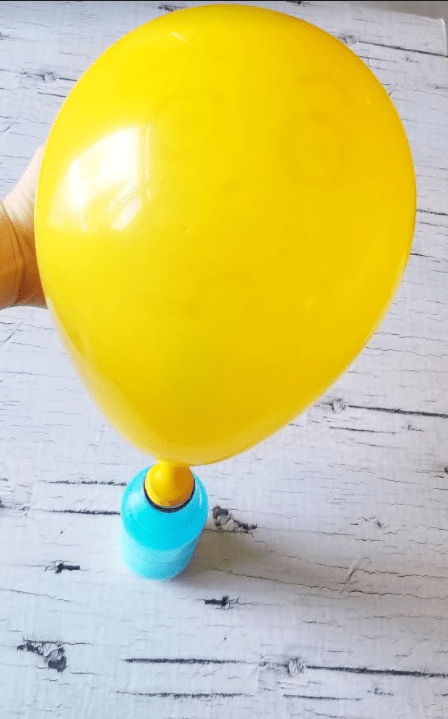
This is a really easy science experiment that can be done at home or school. Children love watching science happen before their eyes and an interest and understanding of different scientific concepts helps develop an understanding of the world around them.
Extension Activities
I like when I find an easy science experiment that kids are really excited about and enjoy. I found another way to try the balloon experiment. It’s a great way for kids to try different methods and reactions.
You will need a lot of the same materials as the above activity. You need a balloon, plastic pop bottle, water and antacid tablet.
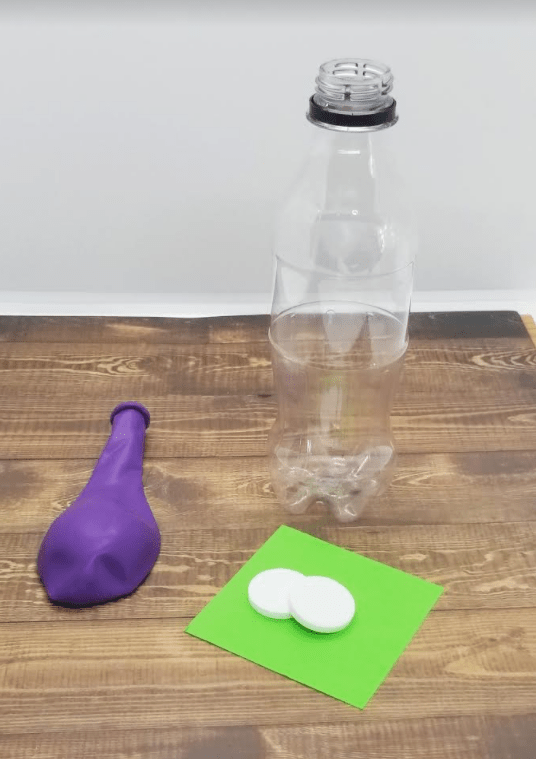
Next, put the tablet into the balloon. Break the tablet apart inside the balloon. Fill the plastic bottle with water.
Attach the balloon to the bottle opening and then tip the balloon so that the tablets fall into the water. The tablets will create a chemical reaction when they touch the water and start bubbling.
The bubbles will create a gas and begin to fill the balloon. The reaction is not as big or dramatic as the baking soda and vinegar reaction, but the balloon will blow up and it is fun for kids to see the reaction with different materials.
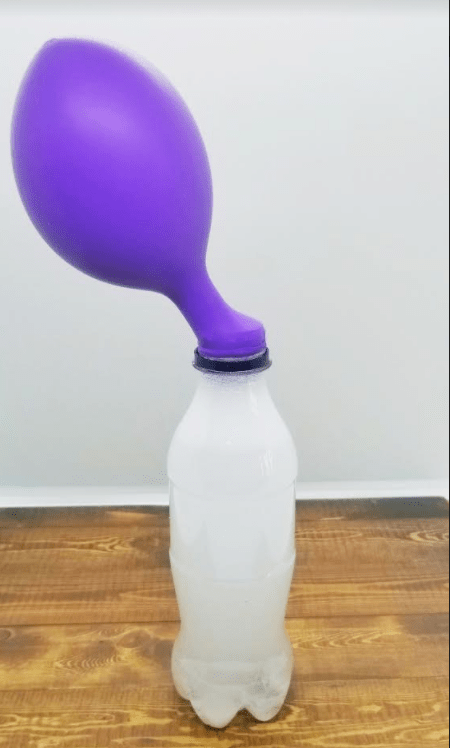
Since you are using balloons, these experiments are also great for birthday parties or simply keeping kids engaged and learning about science.
Another extension for this activity is trying different sizes of balloons. Can the gas fill a large balloon? What if you used a larger plastic bottle? How big of a balloon can be filled?
Free STEAM Choice Boards
Join Hands-On Teaching Ideas to gain access to my Free Resource Library filled with lots of printable learning resources, from a choice board full of STEM activities for kids to escape room games, you can download anything that interests you for your classroom or home. Subscribe here.
For your convenience, this post contains affiliate links. As an Amazon Associate I earn from qualifying purchases and I may earn a small commission at no cost to you.
More Hands-On Teaching Ideas
If you are looking for more activities and ideas to do in the classroom, or at home with kids, below are some of my favourite and most popular learning activities.
From more easy science projects, and building challenges to escape rooms and choice boards, there are lots of things to keep kids busy and learning.

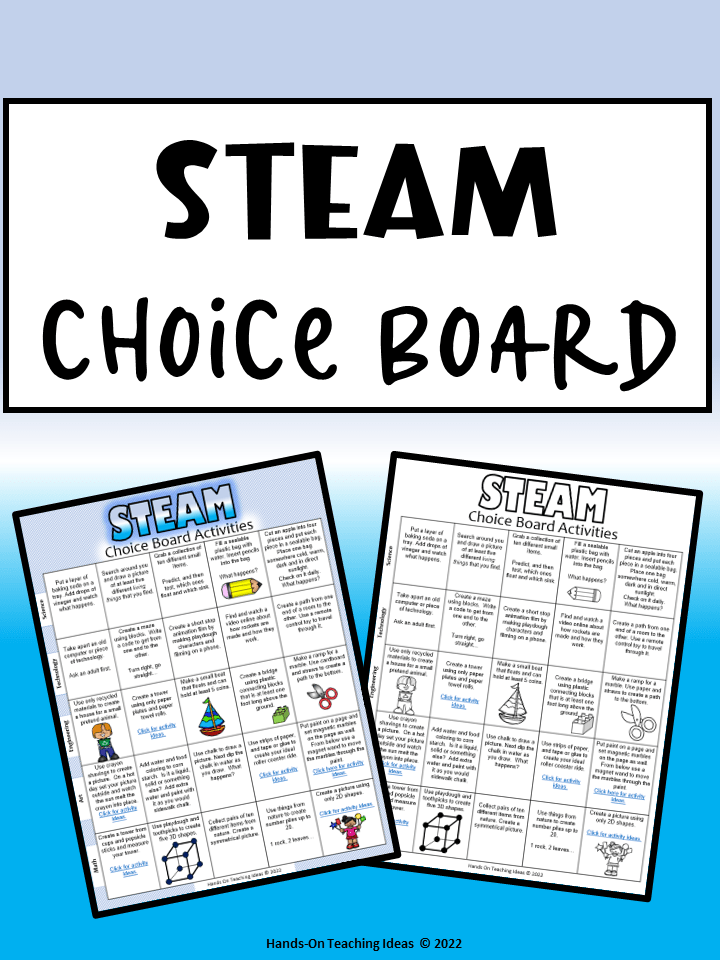



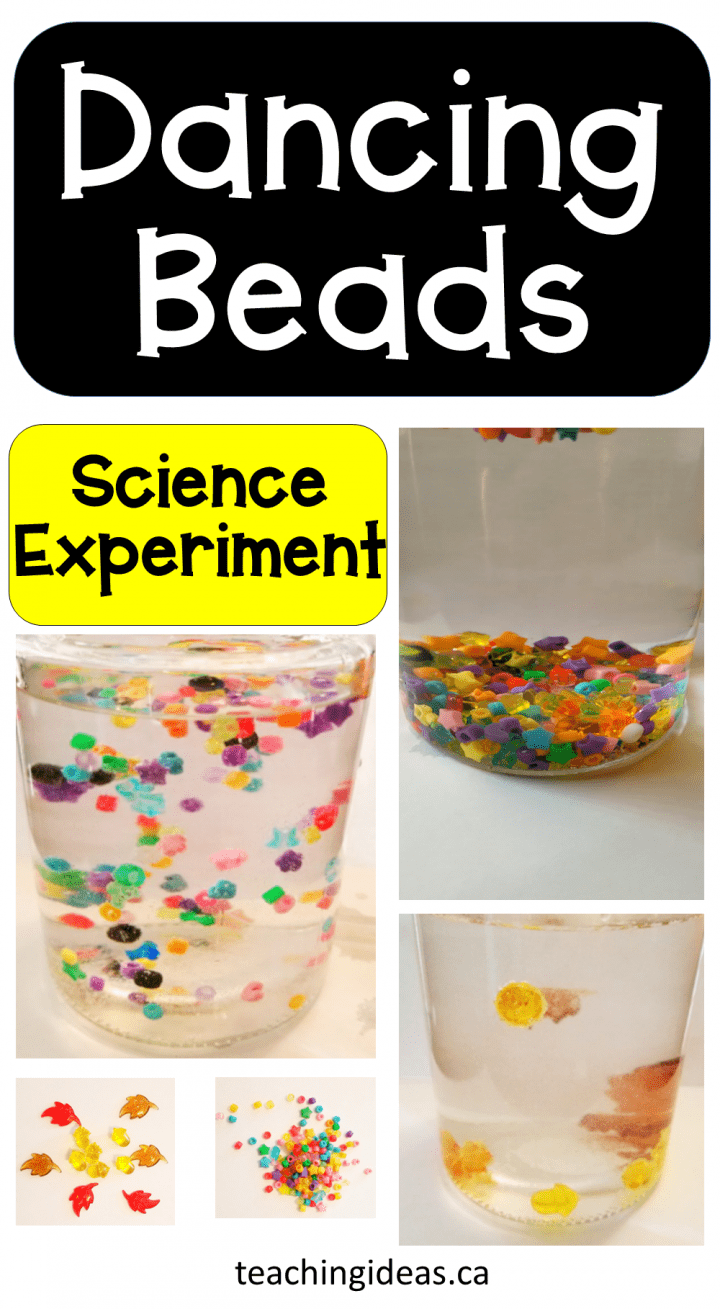
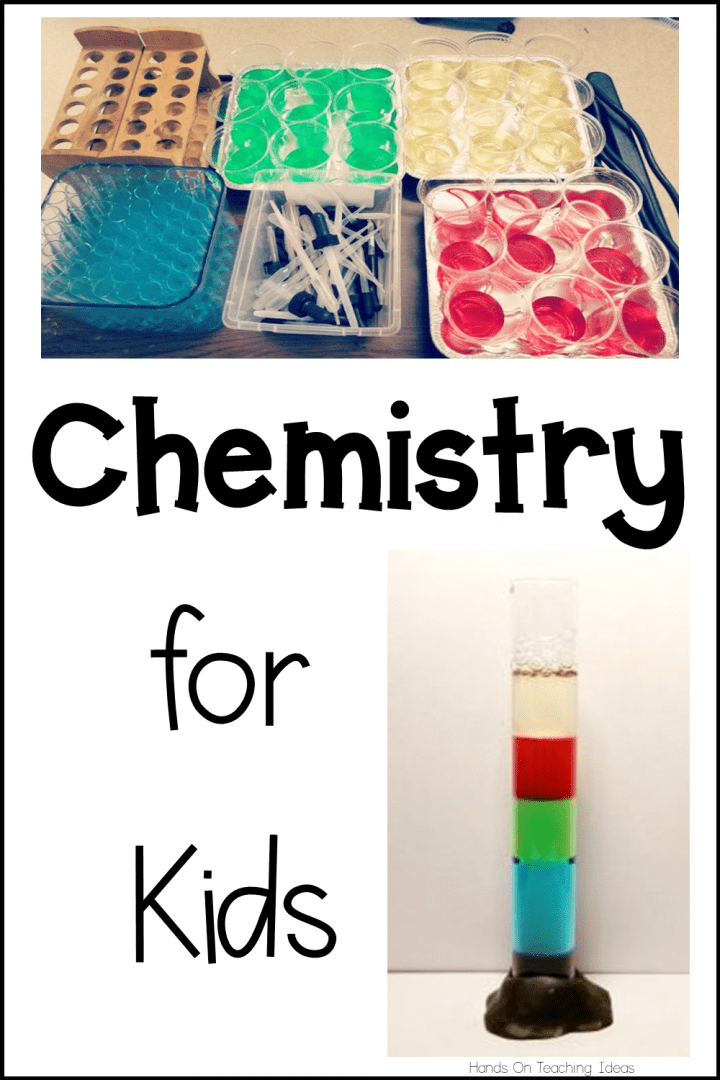
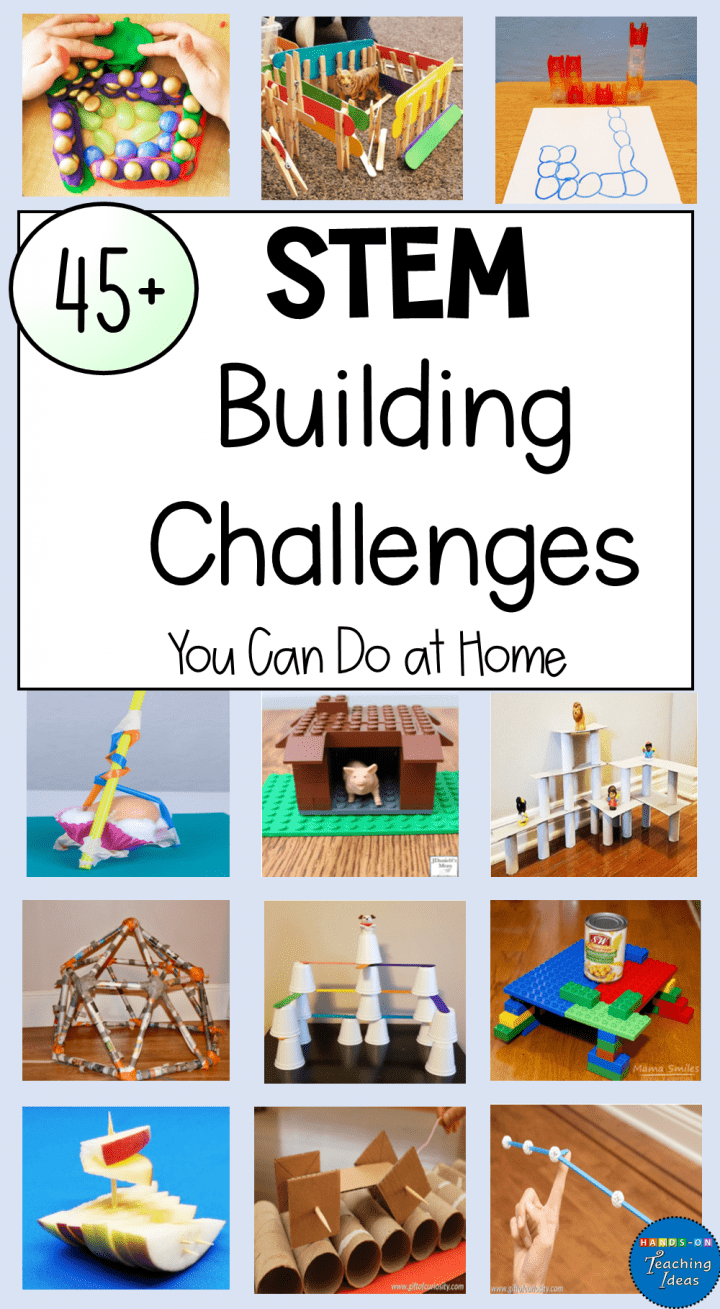
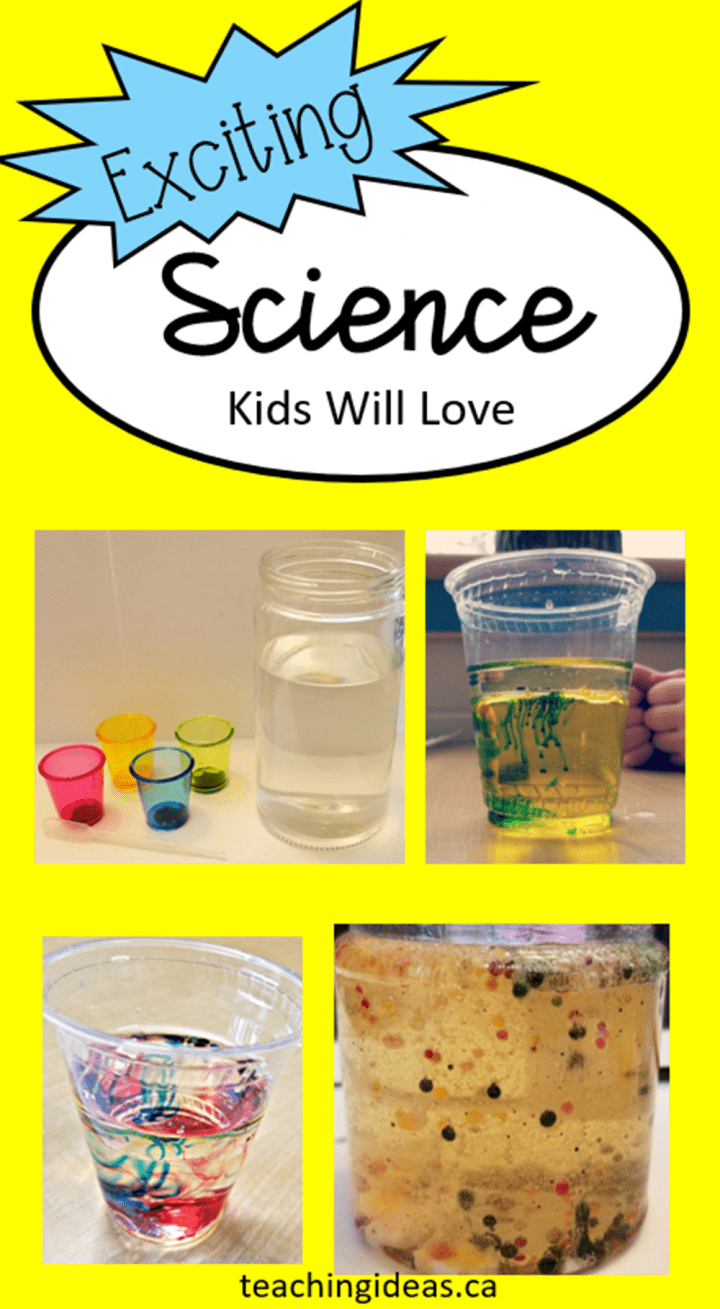
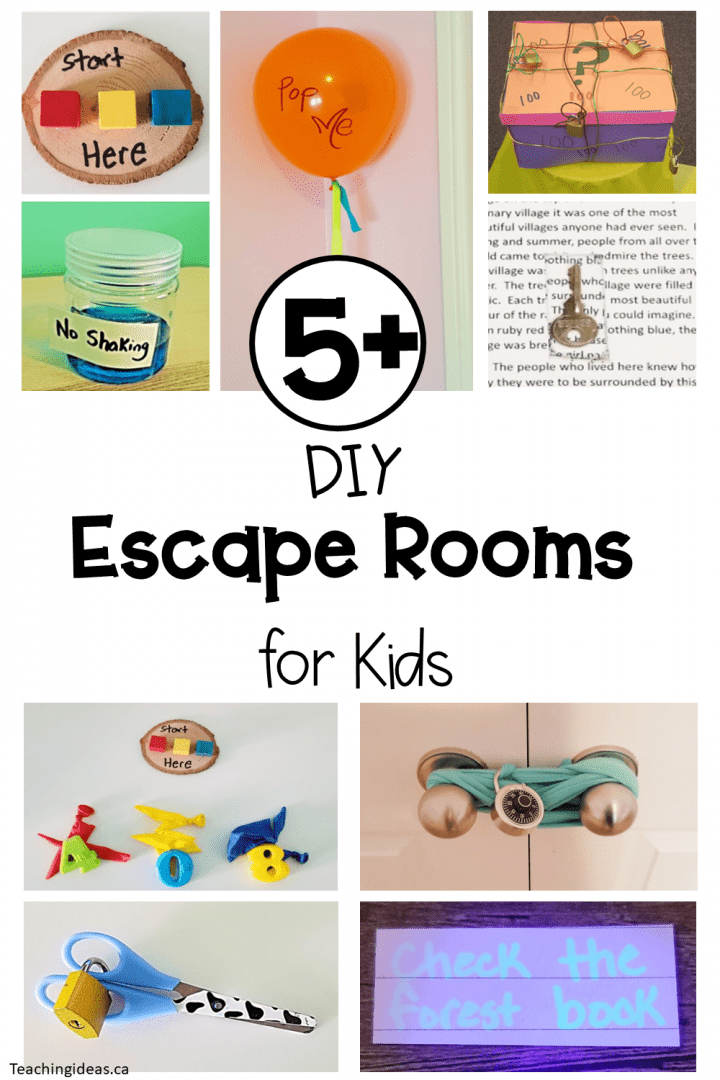
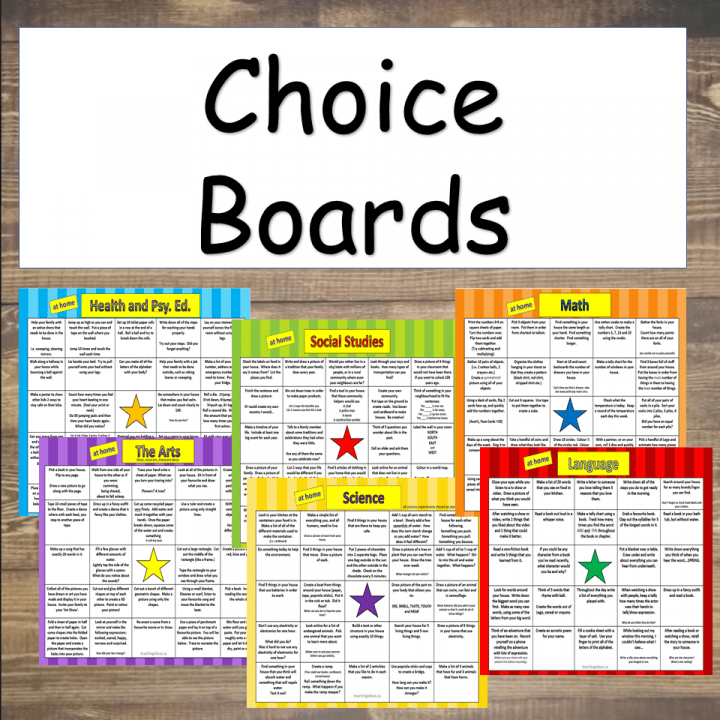
Leave a Reply